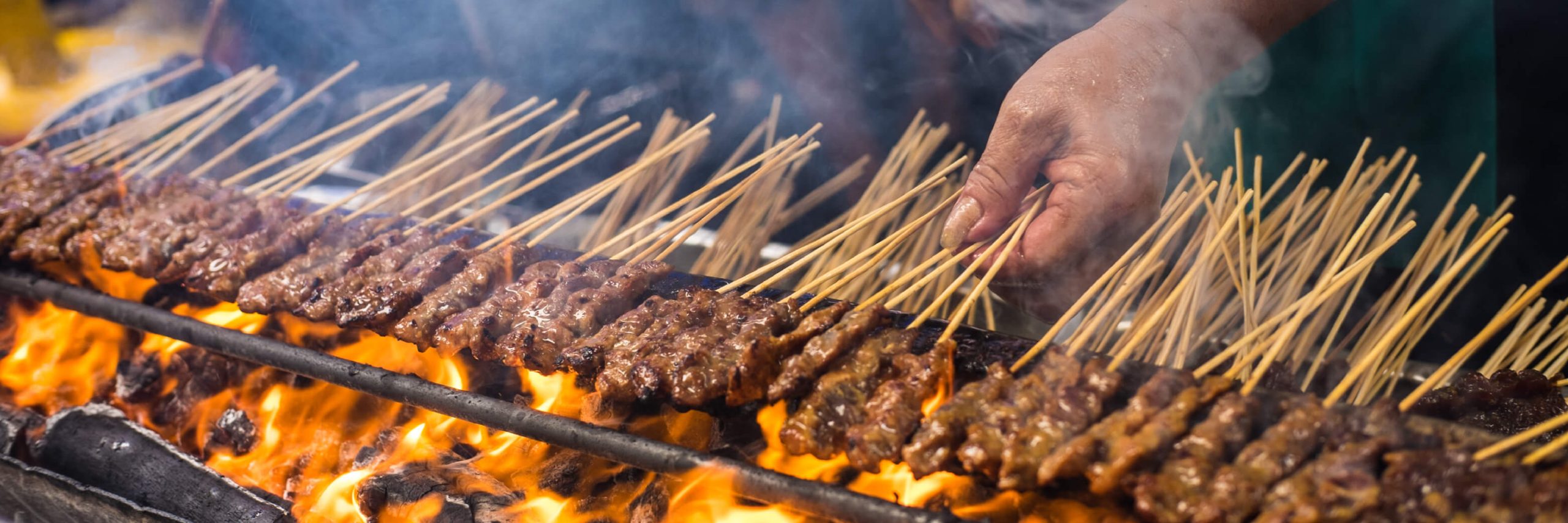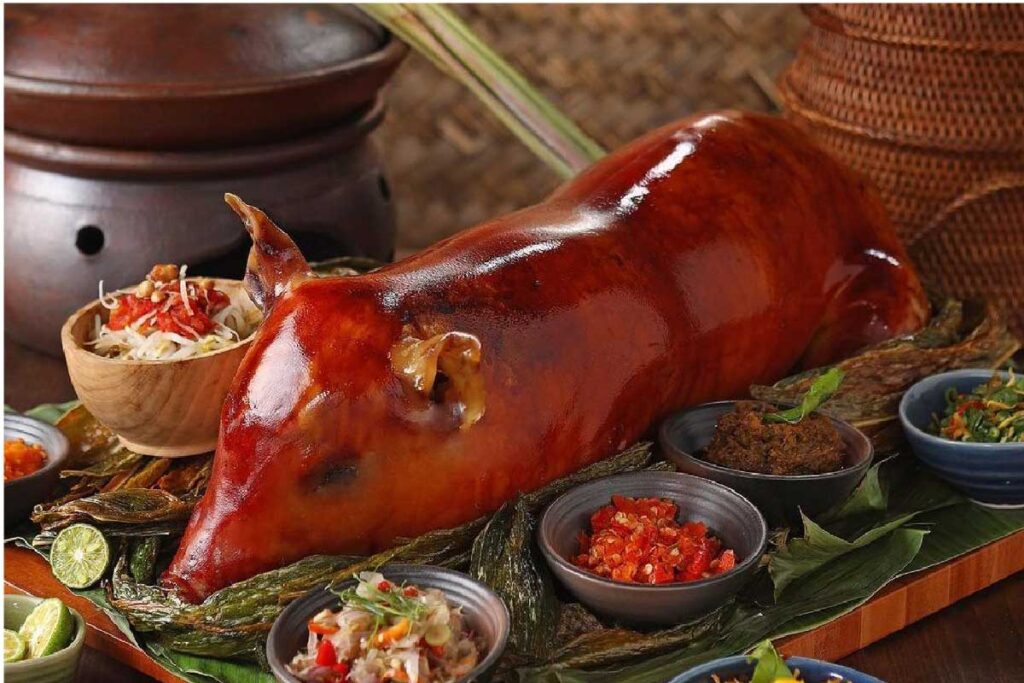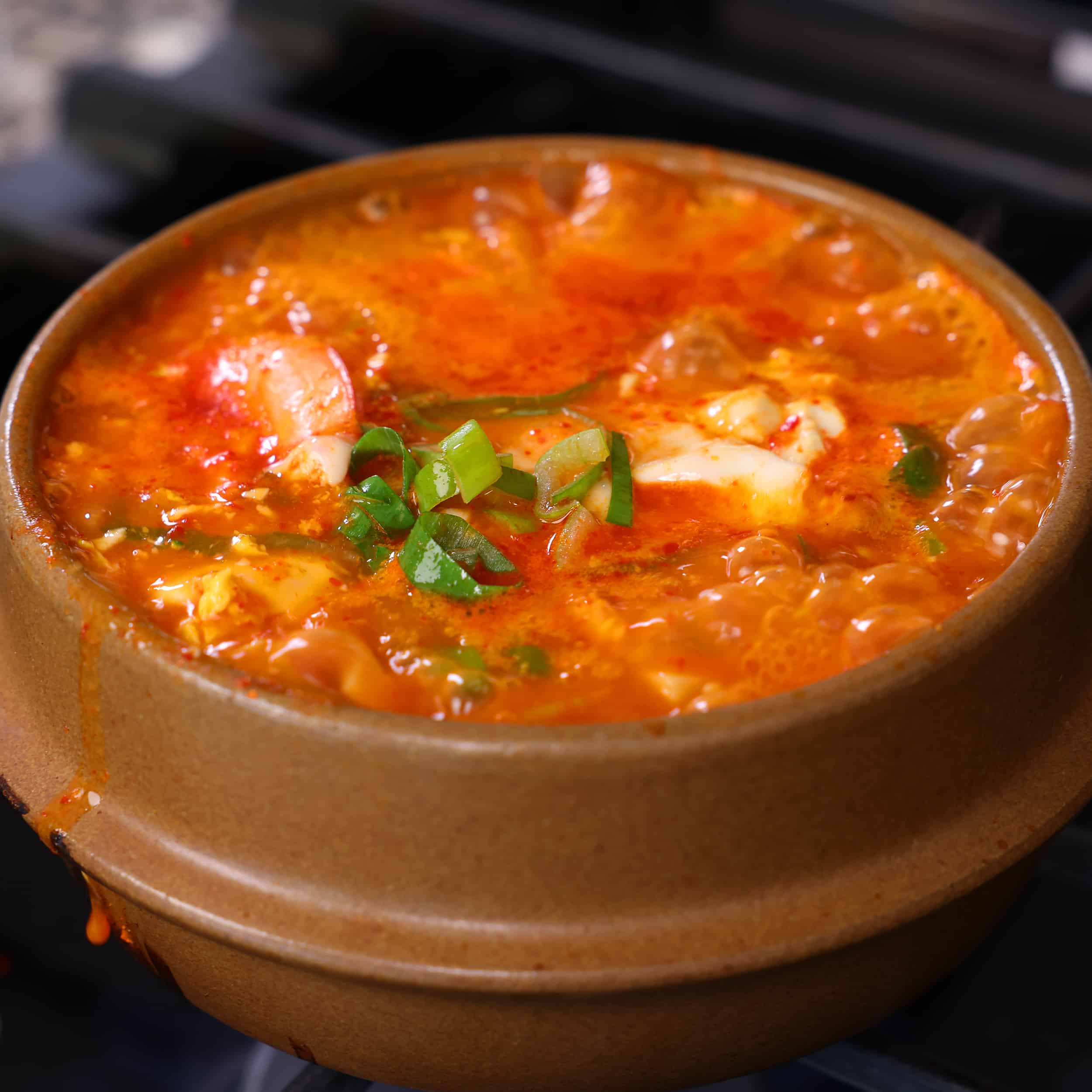vacationhavenhome.com – Sate (or satay), one of Indonesia’s most beloved dishes, is a skewered and grilled meat that has captured the hearts of people both locally and internationally. While this flavorful and aromatic dish can be found in many Southeast Asian countries, Indonesia is often considered its birthplace. With numerous regional variations, sate is a perfect representation of the country’s rich and diverse culinary heritage.
Let’s dive into the origins, variations, and significance of this iconic Indonesian dish.
Origins of Sate
The origins of sate are believed to trace back to Java in the early 19th century, during the time of heavy Arab and Indian influence in Indonesia. Traders and immigrants brought with them their style of kebabs, which eventually evolved into what we now know as sate. However, the dish is also rooted in Indonesian indigenous grilling traditions, and over time, it became a unique fusion of influences, marinated with local spices and cooked in traditional ways.
How Sate is Made
The base of sate is usually chunks of marinated meat skewered on sticks, traditionally made from bamboo. The marination process varies depending on the region and meat used but often involves a mixture of spices such as turmeric, garlic, coriander, and cumin. The skewers are then grilled over an open flame, typically a charcoal fire, which gives the meat its distinctive smoky aroma and taste.
The most common meats used for sate include chicken (sate ayam), goat or mutton (sate kambing), and beef (sate sapi). In certain regions, you’ll find variations using more exotic ingredients like fish, tofu, and even snake or horse meat.
Popular Varieties of Sate
While there are many types of sate across Indonesia, here are a few of the most popular variations:
1. Sate Ayam (Chicken Sate)
One of the most popular and widely consumed forms of sate in Indonesia, sate ayam is made from marinated chicken pieces, grilled to perfection. It is often served with bumbu kacang (a rich peanut sauce), sweet soy sauce, and garnished with slices of lime and chopped shallots.
2. Sate Kambing (Goat Sate)
A favorite in Java and parts of Sumatra, sate kambing is made from goat or mutton meat, skewered and grilled. It is typically served with a combination of kecap manis (sweet soy sauce), tomatoes, and sliced shallots. Unlike sate ayam, it’s usually served without peanut sauce, allowing the meat’s natural flavors to shine.
3. Sate Padang
From West Sumatra, sate Padang is unique due to its thick, spicy, turmeric-based sauce, which has a yellowish color and is both fragrant and spicy. The skewers are often made from beef or offal, and the sauce is poured over the meat rather than used as a dip.
4. Sate Lilit (Bali)
Originating from Bali, sate lilit is a distinctive variant made by wrapping minced meat around a flat bamboo stick. Unlike the chunked meat used in other types of sate, the minced meat, often made from fish or chicken, is mixed with grated coconut, lime leaves, and a host of local spices. The result is a tender, flavorful dish with a hint of tropical coconut.
5. Sate Maranggi
From West Java, sate maranggi uses beef or goat meat marinated in a mixture of garlic, shallots, ginger, and vinegar. It is served with pickled vegetables and rice cakes (ketan), providing a balanced mix of savory and tangy flavors.
The Ritual of Eating Sate
Eating sate is not just about the food—it’s also about the experience. Sate is commonly found at street food stalls, night markets, and traditional Indonesian restaurants. Watching the sate seller expertly grill the skewers over a smoking charcoal fire is an integral part of enjoying this dish. The skewers are usually served with lontong (rice cakes) or white rice, making for a complete meal.
In some regions, sate has special significance during festivals or religious celebrations. For example, in Java, sate kambing is often served during Eid al-Adha, a Muslim holiday where goat sacrifices are made.
Sate Beyond Indonesia
Due to its widespread popularity, sate has made its way into international cuisine, particularly in neighboring Southeast Asian countries like Malaysia, Singapore, and Thailand, each with their own twist on the dish. However, the Indonesian version remains distinct due to its reliance on local spices and techniques.
Bumbu kacang (peanut sauce) has also become synonymous with sate, especially sate ayam, and is often adapted into dishes outside of Indonesia. In some places, sate is even used to represent Southeast Asian food in general, showcasing its universal appeal.
Conclusion
Sate is more than just a simple street food; it is a symbol of Indonesia’s diverse culture and culinary artistry. Whether you’re enjoying a plate of sate ayam with peanut sauce or indulging in the spicy, flavorful bite of sate Padang, this dish provides a delicious glimpse into Indonesia’s rich food traditions. For locals and visitors alike, sate remains a must-try delicacy, offering a taste of Indonesia’s past and present in every flavorful bite.





